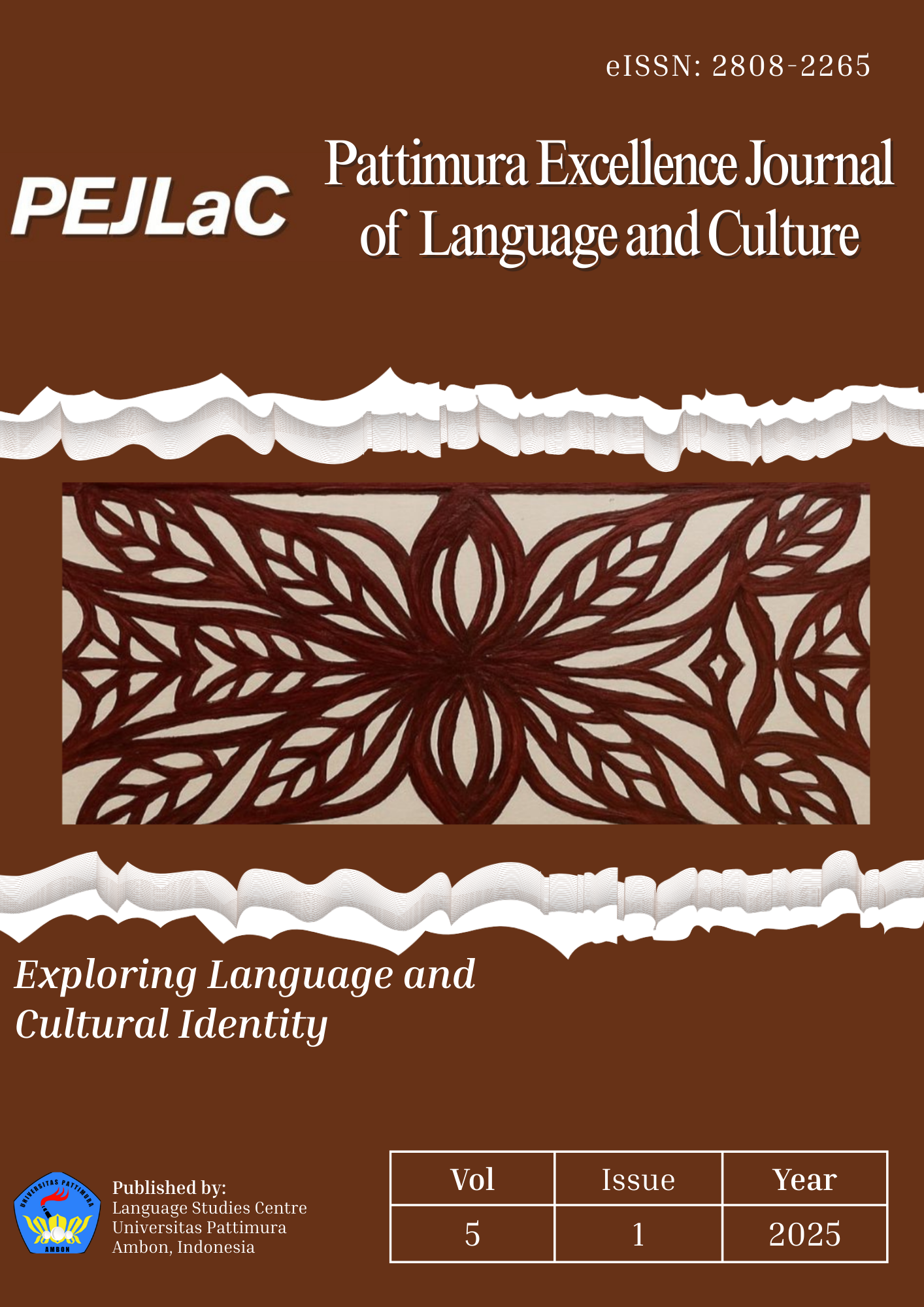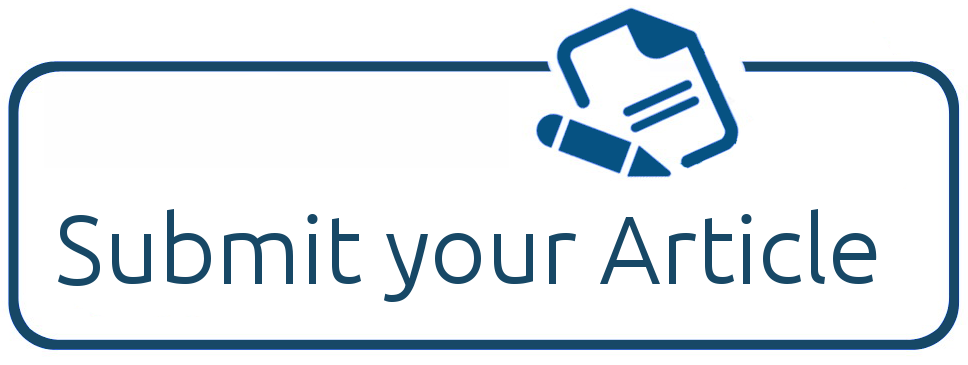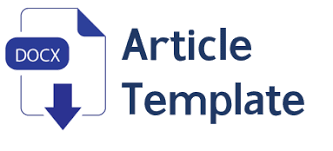BOOSTING GERMAN VOCABULARY ACQUISITION THROUGH ANIMATION
Abstract
This research aimed to determine the effect of animation media on increasing the mastery of German vocabulary among students at SMA Negeri 1 Seram Barat. The study employed a quantitative methodology, utilising a quasi-experimental design that included an experimental group and a control group. The research sample consisted of the control group, class XI.5, and the experimental group, class XI.1. There were thirty students enrolled in each class. The data collection technique used pre- and post-tests with a question sheet consisting of 20 questions as a collection instrument. The experimental class used animation media for learning, while the control class used static pictures. Data analysis procedures were conducted using SPSS to perform normality tests, homogeneity tests, and hypothesis tests employing parametric statistical methods, namely the independent samples t-test and effect size test. The study's findings revealed a difference in the average mastery of German vocabulary scores between the group that used animation media and the group that relied on conventional whiteboard media. The data collection approach employed pre- and post-tests utilising 20-item question sheets as instruments for gathering data. The analysis indicated that the experimental class using animation media surpassed the control class in average mastery of German vocabulary scores, achieving mean scores of 16.23 and 14.53, respectively. The significant value (Sig.) in Levene's test of variance is 0.268, which is greater than 0.05. This result indicates that the variance of the data between the experimental and control groups is equal or homogeneous. The interpretation of the output table of the independent samples t-test is based on the assumption of equal variances, which is indicated by the Sig. (2-tailed) value of 0.001, which is less than 0.05. It can be concluded that the null hypothesis (H₀) is rejected and the alternative hypothesis (Hₐ) is accepted. This indicates that there is a significant difference in the average level of mastery of German vocabulary among the students in the experimental class, who used animation media, and those in the control class, who used static picture media. The effect size calculated using Cohen's d yielded a significant value of 0.922929, indicating a large effect size classification. The deployment of animation media has been demonstrated to be an effective pedagogical instrument, enabling a significant advancement in students' proficiency in the German vocabulary at SMA Negeri 1 Seram Barat.
Downloads
Copyright (c) 2025 Rita Maruanaya, Kalvin Karuna, Julians Marantika, Patresia Apituley, Wilhemina Tuhumena

This work is licensed under a Creative Commons Attribution 4.0 International License.






